Having born in Maharashtra, it would have been shame if I never visited this geo-scientifically charged place called Lonar in Buldhana district. So when I was in Aurangabad, a visit to the meteor crater created thousands of years ago was in order. It would of course mean I had to spare an entire day, the travel time itself being four hours. But I have to say, visiting meteor crater lake of Lonar was completely worth it!
Visit to unique Lonar Meteor Crater
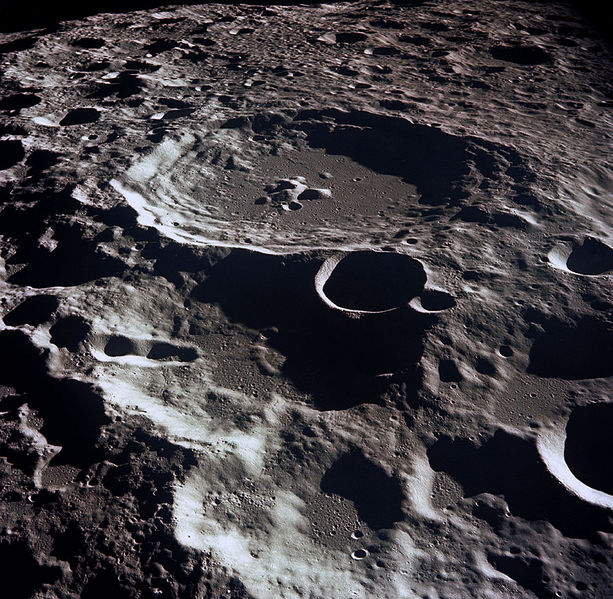
Have you ever seen those craters on moon through telescope? It feels like a completely different landscape isn’t it? Well we on earth have a fair share of it. There is a meteor impact crater in my home state Maharashtra in India. It’s an interesting story. At first, when it came to limelight in 1827, they even thought this was a crater born out of volcanic activity. Then they realised that it wasn’t really volcanic as some of the minerals found in and around the crater were something you’d find only in meteor impact. e.g. the high impact meteorite collision created a unique mineral that has properties like glass. The analysis of minerals found and the crater itself revealed some interesting facts.
The Meteor Crater and Science

This crater was created 35000 to 50000 years ago. How did the scientists know this number!? They used a technique called as Argon dating in addition to something called as thermoluminiscence. Thermoluminiscence measurement is used in such high energy event involving different types of radiations; the minerals while forming absorb the radiation during impact and slowly over period of time emit it back. By knowing change in its intensity over time, in this case for the chunk of the mineral extract, scientists predicted the ballpark age. The argon dating examines relative percentage of Argon isotopes that are present in some of the minerals and is a technique for use in such high heating situations.
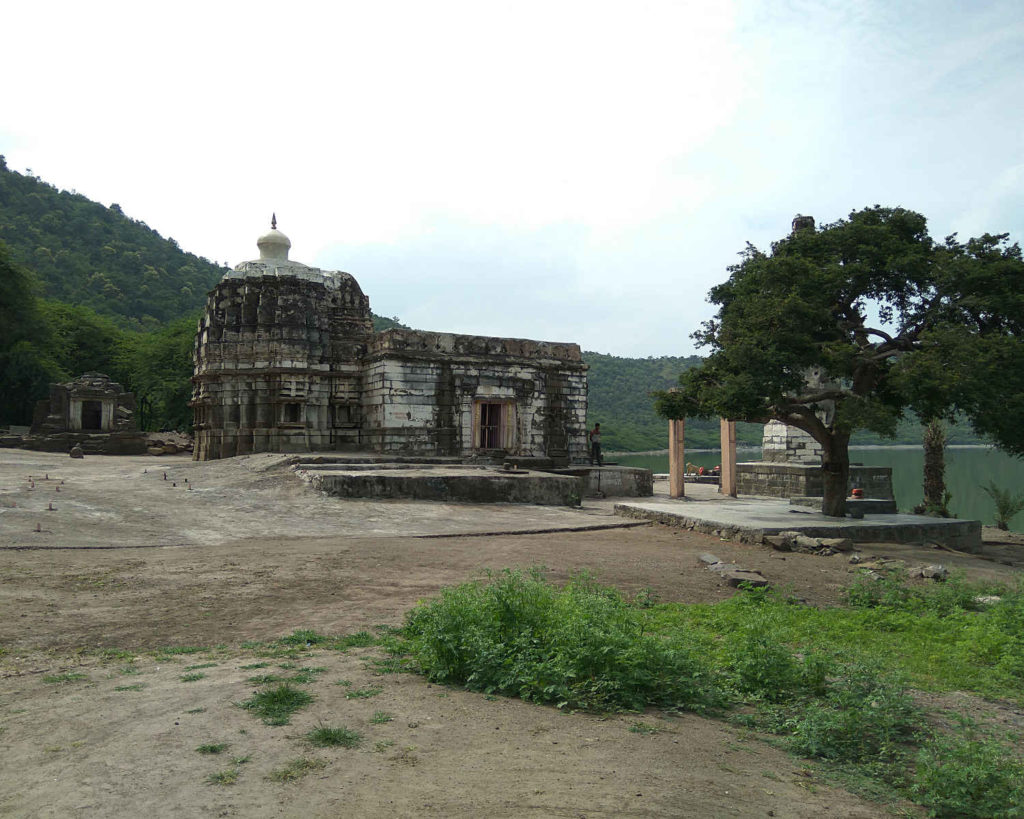
So, as I was visiting Aurangabad, as mentioned in my previous post, I decided to spend another day and visit Lonar as well. It was a long journey and I eventually reached the little village in the afternoon. Negotiating with a rickshaw driver for the to and fro fare, I jumped in. The crater it seemed is very close to the village and there’s agricultural land surrounding it. The crater is in the middle of a hill and about 1.8 km in diameter. I still remember how excited I was to take in the sight as I reached the edge of the crater! The lake is in the middle and a dense forest surrounds it on the inner slope of the crater. There are many dilapidated temples inside the crater near the lake.

I could have walked through the forest to one of the temples that is still in use but it would have taken a couple of hours. I didn’t really want to miss the last bus back to Aurangabad. So we went closer to a route that goes straight to the temple. It took me about 25 minutes to climb down the slope of the crater on a trail through the jungle. As I reached the lake I noticed how much green algae was encompassing the entire lake surface. I could see a green layer as far as my eyes could see.Some sceintists only a few years ago had found evidence of biological oxygen fixation in the lake: a process that absorbs oxygen through algae and some bacteria.
Alkaline Water
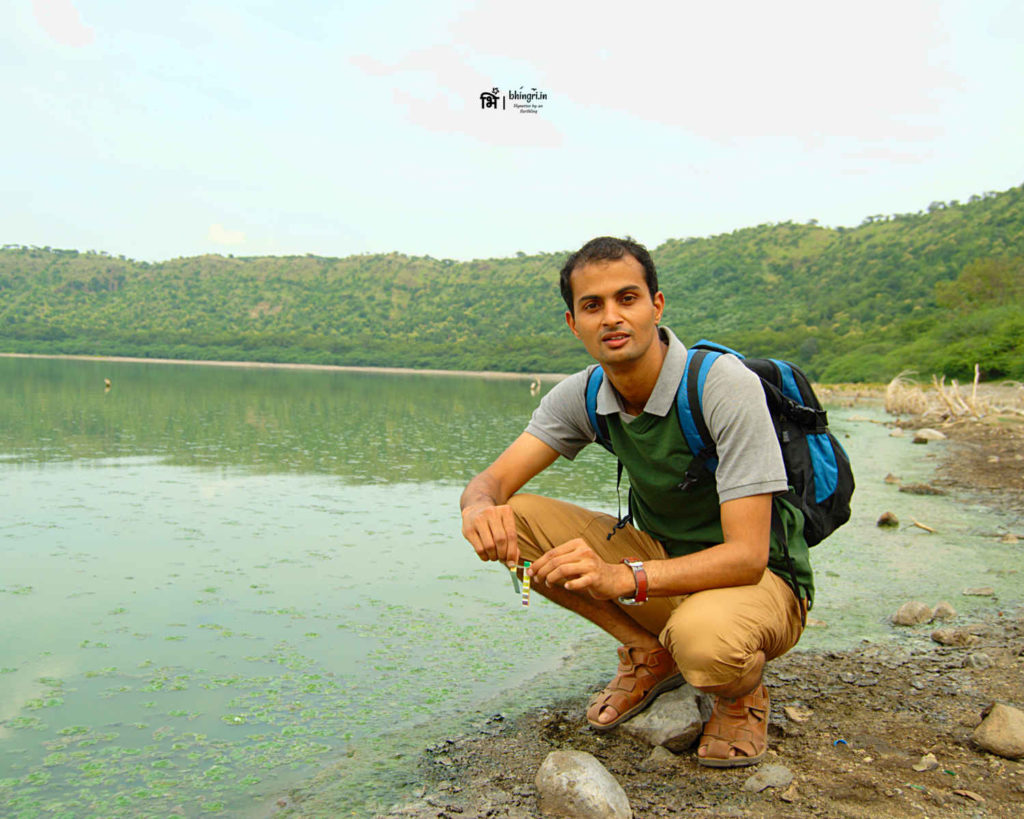
This crater is scientifically very very interesting, apart from its fascinating creation. Since it is born out of a literally an asteroid that fell through sky, the soil it contaminated has a unique composition. Obviously, over the years a unique ecosystem developed inside the crater. For example, the water in the crater lake is highly alkaline and there are some bacteria which proliferate only in such high pH environment. For fun I even tested the water with a simple pH kit. Indeed, the colour indicated that water pH was 11.
Exploring Aurangabad
Bibi Ka Maqbara

I really would have loved to explore around the area but I was short on time. For someone like me who loves slow travel, it could easily take a couple of days to fully satisfy. Thinking, another visit to this world’s third largest meteor crator is in order I returned to Aurangabad. I spent the next day exploring more popular attractions inside this walled city. One of the interesting places is the Bibi ka Maqbara. The name literally means “Tomb of the Lady”. Son of Aurangazeb, the dreaded ruler of erstwhile Mughal empire commissioned this tomb and thus bears striking resemblance with the famous Taj Mahal. The city has strong influence of the Mughal/Nizamshahi era.
The Panchakki (Water Mill)

There’s another interesting place in the city: an old water-mill. An example of superior medieval Indian architecture, this water-mill was in use to grind grain for the visiting pilgrims. The water-mill and the small reservoir is located by the dargah/mosque of a Sufi saint Hazrat Baba Shah Musafir. The source of water is said to be about 6 km away in the river Harsul. I wished however, more efforts in presenting the details of this engineering marvel were available.
In short, this long neglected part of my own backyard turned out to be a gem. The visit to the meteor crater was of course the highlight of my visit.
Have you been to Lonar? If you haven’t you must!
If you reach early on, you can hike inside the crater. There’s an MTDC hotel near the crater, if you need to stay overnight.


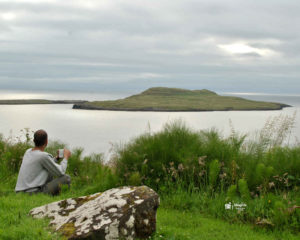
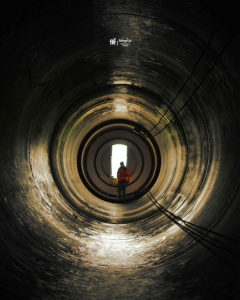
आडस… 🙂☺️🤗
😀